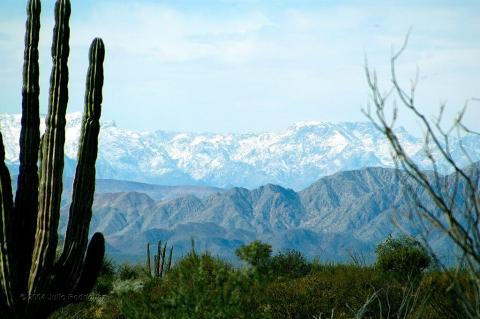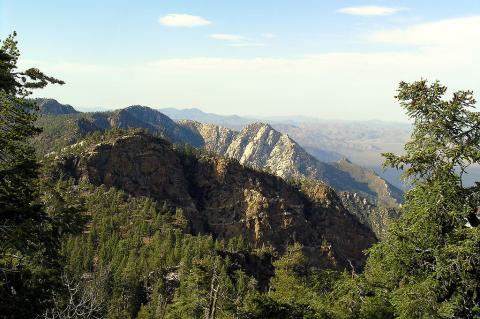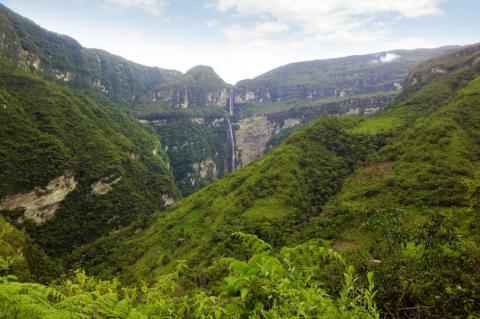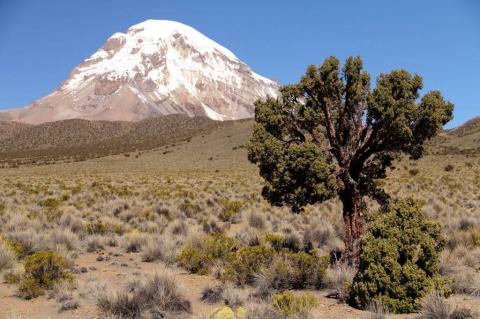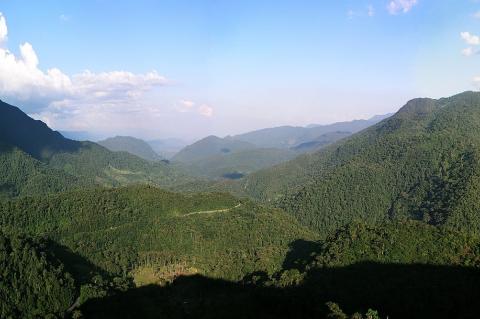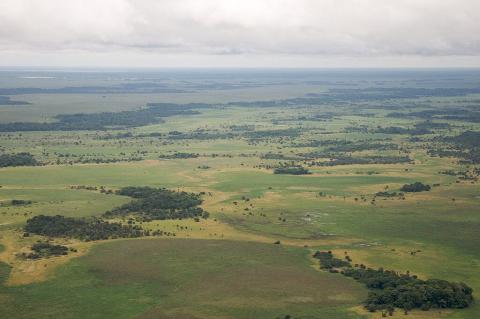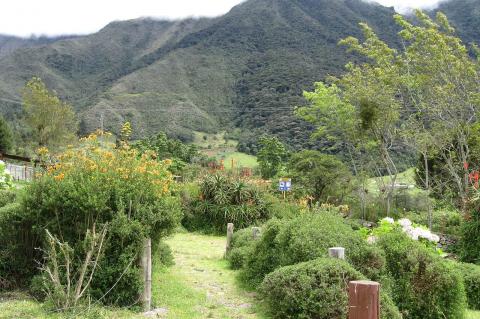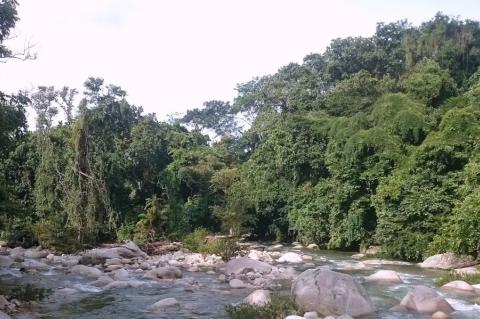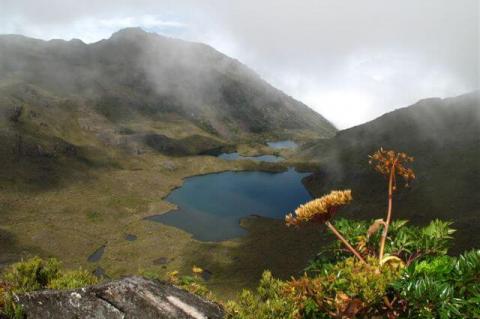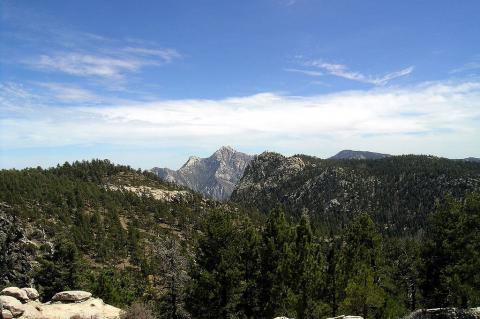The Peninsular Ranges System: A Geological and Ecological Marvel of Northwestern Mexico
Running parallel to the Pacific Ocean, the Peninsular Ranges System is a remarkable series of coastal mountain ranges that form the backbone of the Baja California Peninsula in northwestern Mexico. This rugged geological feature spans from the international border with Southern California to the peninsula's southern tip, showcasing diverse ecosystems, geological formations, and endemic species.
